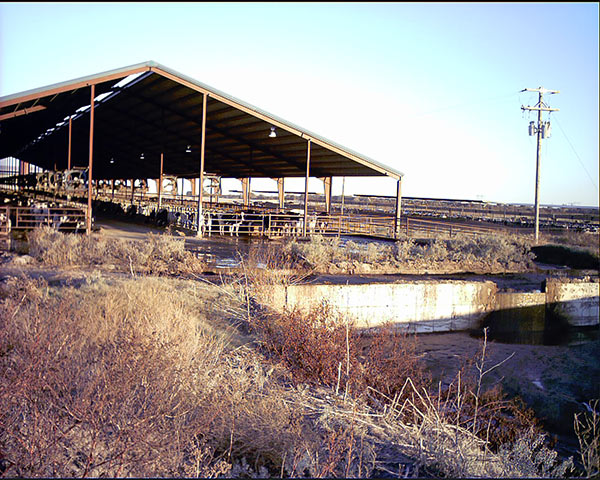Geotextile Tube Containers in Agricultural Engineering
Geotextile Tube containers have proven to be a cost effective dewatering solution. Containers are effecting in separating solids from waste water in agricultural waste dewatering. After dewatering, the dried solids and nutrients can be used to fertilize crops.
Benefits of Dewatering with Geotextile Tubes:
- 50% reduction in lagoon size
- 50% – 70% reduction in labor and energy for land application
- Storage of nutrients until appropriate time
- Higher quality flush water
- Reduced odor and insect problem

Could help Hog and Dairy Farmers Meet New Waste Management Requirements
Waste from agricultural feeding pens is a big problem in many rural areas. And new environmental regulations mean farmers have to find a solution. Geotextile technology could be the best answer.
Testing at the University of Georgia and Auburn University has shown the promise of Geotextile dewatering for agricultural applications. And in-field use of Geotextile Tube systems indicates the technology can be particularly effective in hog farming.
The value of Geotextile Technology is twofold–it not only manages waste and helps eliminate contamination from runoff, it consolidates solids into a form that can be easily recovered and either hauled off or applied to the land as fertilizer.
Another advantage of this technology is that unlike belt presses and other systems, there are no moving parts. And Geotextile Tubes use only a fraction of the land that a waste lagoon would use. Better yet, this system can even be loaded on a roll-off box and transported to different locations around the property.
We’re learning more and more about agricultural use of Geotextile technology every day. This application is still very early in its development, but it is very viable already. We’re anxious to see how farmers are going to take advantage of this.
The regulations are an area of concern for many farmers, and even those who have developed lagoon systems understand the limitations of this approach.
Geotextile Technology addresses the issue of runoff, and we’re providing a way to recover useful nutrients, in a very cost-effective manner. Management of wastes is still a new concept for many farms, but we think we have a system that prevents it from becoming a costly problem.
